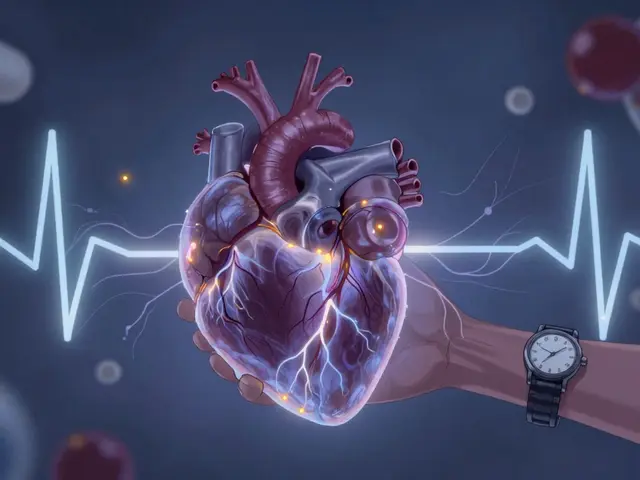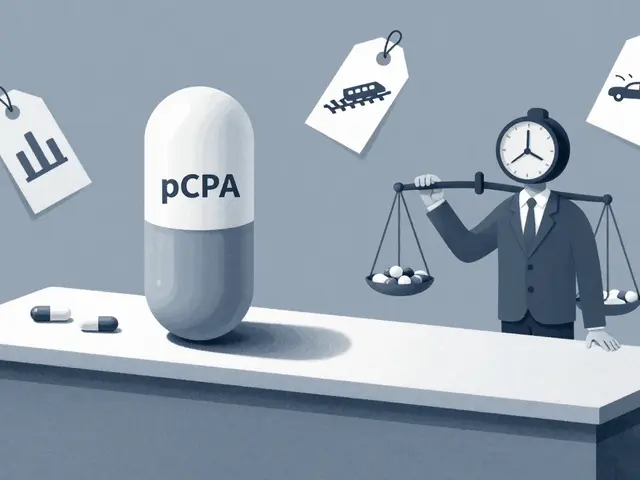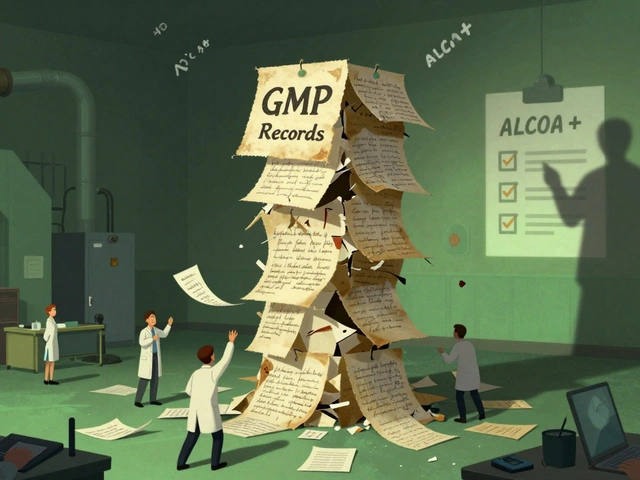Iron: signs of low iron, food sources, and how to take supplements safely
Feeling tired, weak, or short of breath for no obvious reason? Iron is one of the most common nutrient gaps and it can quietly make you feel awful. This page gives clear, usable tips: how to spot low iron, what to eat, how to take supplements without the usual side effects, and when you should see a clinician.
How to know if your iron is low
Common signs include unusual fatigue, pale skin or gums, fast heartbeat, shortness of breath on light activity, and restless legs at night. Lab tests are simple: a complete blood count (CBC) and ferritin are the basics. Ferritin under about 30 ng/mL often points to low iron stores; low hemoglobin on a CBC shows anemia. If labs are borderline, your doctor may order more tests or repeat them after a trial of treatment.
Best food sources and absorption tips
Not all iron is the same. Heme iron from meat, poultry, and fish absorbs best. Good sources: beef, chicken, turkey, sardines, and shellfish. Plant foods (spinach, lentils, beans, fortified grains) give non-heme iron, which is helpful but doesn’t absorb as well.
Simple tricks to boost absorption: eat vitamin C–rich foods (orange, bell pepper, berries) with iron-rich meals. Avoid drinking tea or coffee right before or after meals and don’t take iron with calcium-rich foods or supplements—they lower absorption. Cooking in a cast-iron pan can also add small amounts of iron to food.
If you need supplements, know the basics. Ferrous sulfate, ferrous gluconate, and ferrous fumarate are common oral options. A typical 325 mg ferrous sulfate tablet contains about 65 mg elemental iron. That’s a common over-the-counter strength, but the exact dose and schedule should come from your provider. Iron can upset the stomach and cause constipation or dark stools. To reduce side effects, try taking it with a small amount of food, split the dose, or start with a lower dose and increase slowly.
Some people can’t absorb oral iron well or have very low levels; in those cases, doctors use intravenous iron under supervision. Also be aware of iron overload. If you have a family history of hemochromatosis or repeated high iron tests, don’t self-supplement—excess iron can damage the liver, heart, and pancreas.
Drug interactions matter. Iron can interfere with levothyroxine, some antibiotics, and certain calcium supplements. Take iron at a different time than these meds or check with your pharmacist.
Bottom line: if you suspect low iron, get the basic labs (CBC and ferritin). Try food-first strategies: add heme sources if you eat meat and pair plant iron with vitamin C. If supplements are needed, follow a provider’s advice to pick the right form and dose, and watch for side effects. When in doubt—especially with severe fatigue, chest symptoms, or a family history of iron overload—see your clinician for proper testing and treatment.
The Importance of Iron in Brain Development: Preventing Anemia in Children
As a parent, I cannot stress enough how crucial iron is for our children's brain development. It plays a vital role in producing neurotransmitters and maintaining healthy cognitive function. Unfortunately, iron deficiency, leading to anemia, can negatively impact their learning abilities and overall growth. So, let's make sure we provide a balanced diet rich in iron, including foods like red meat, poultry, beans, and leafy greens. And don't forget to consult your pediatrician about iron supplements if needed - let's give our kids the best start in life!





